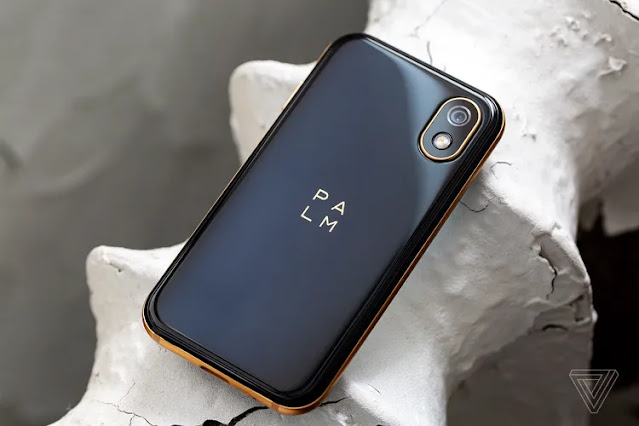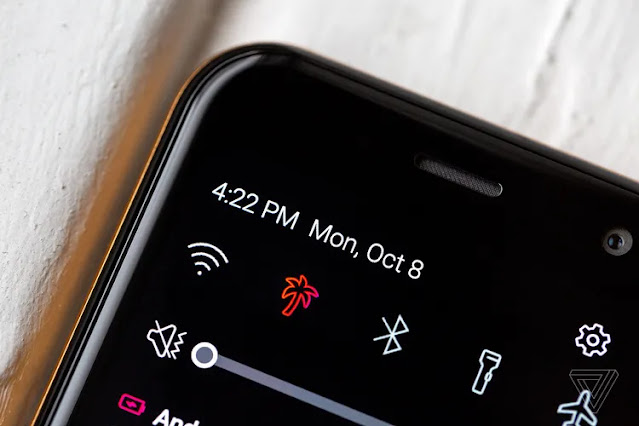Introduction:
New technologies are continually being developed in the mobile device industry, with the potential to completely change how we use our gadgets. The Palm 2, a smaller, more portable gadget that promises to provide a more streamlined and effective user experience, is one example of this technology. But is the Palm 2 truly the mobile technology of the future? To find out if the Palm 2 has what it takes to be the newest development in mobile technology, we'll examine it in more detail in this article.
What is Palm 2?
A brand-new smartphone called the Palm 2 is intended to be more compact and portable than other cell phones. It was created by Palm, a business that was among the forerunners of the handheld computer market and was established in 1992. Ultimately, HP purchased the business in 2010, and then TCL purchased it once more in 2015. With a new device targeted at consumers who preferred a more basic approach to their mobile devices, TCL announced in 2018 that it would be reviving the Palm brand.
Design and Features:
Compared to conventional smartphones, the Palm 2 is intended to be more compact and smaller, with dimensions of just 3.8 inches in height and 2 inches in breadth. Despite being smaller than most current smartphones, it has a 3.3-inch LCD touchscreen display with a resolution of 720 x 1280 pixels, which is still usable. The gadget has 3GB of RAM and 32GB of internal storage, and it is powered by a Qualcomm Snapdragon 435 processor. Additionally, it sports an 8-megapixel front camera and a 12-megapixel rear camera.
The Palm 2's operating system, which is based on Android but has undergone extensive customization by Palm, is one of its standout characteristics. The gadget uses a customized version of Android 8.1 Oreo, which has been streamlined and optimized for the reduced screen size. A number of distinctive features are also included with it, including Life Mode, which enables users to disable notifications and save battery life when the smartphone is not in use.
Is the Palm 2 the Future of Mobile Devices?
The Palm 2 may appeal to some users due to its unique features and simplistic form, but it is unlikely that it will replace other mobile devices in the near future. This is the case for a number of reasons.
First, the capability of the Palm 2 is constrained by its diminutive size and streamlined user interface, which may appeal to some users. Many people rely on their cell phones for a variety of activities, from playing games and streaming videos to browsing the internet and checking their emails. The Palm 2 is less ideal for these jobs due to its smaller screen size and restricted computing capacity, hence it is unlikely to displace conventional smartphones any time soon.
Second, it can be more challenging for developers to produce programs for the Palm 2 due to its specialized operating system. Although the Palm 2 is based on Android, the extensive modification means that some programs may need to be tailored particularly for the device, which may reduce the number of apps that are compatible with it. Due to this, it might not be as tempting to consumers who depend on numerous apps to complete daily chores.
Last but not least, the Palm 2 competes fiercely with rival mobile smartphones. While there are already a number of devices on the market that offer comparable functions, the Palm 2 might be appealing to customers who want a more minimalist approach to their mobile devices. For instance, people who prefer a simpler gadget tend to prefer the iPhone SE, a more compact and reasonably priced version of the iPhone. Similar to the Google Pixel, the Google Pixel 4a is a more compact and reasonably priced Pixel that provides many of the same features.



_11zon.png)

No comments:
Post a Comment